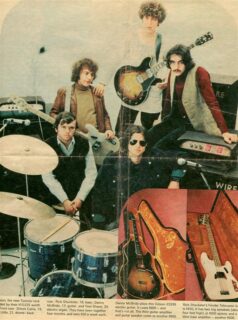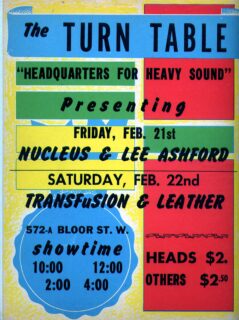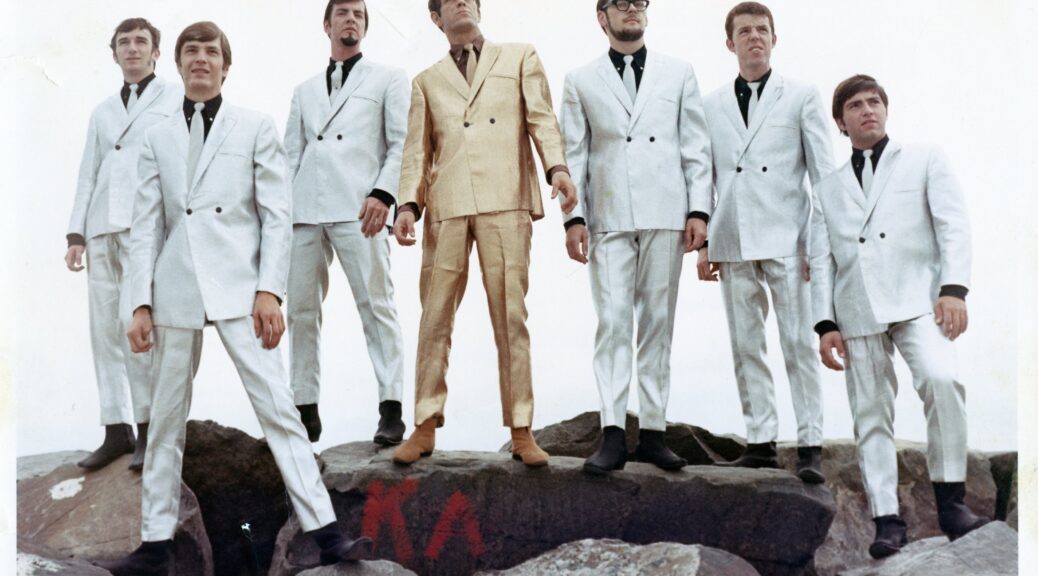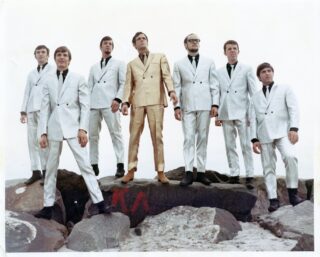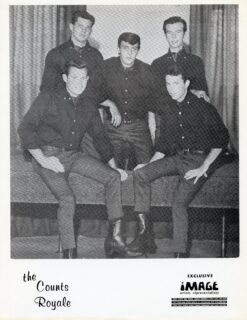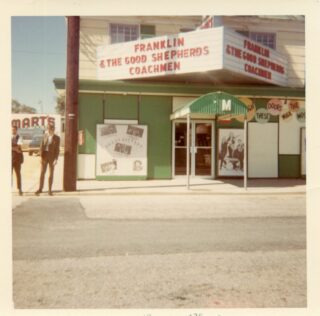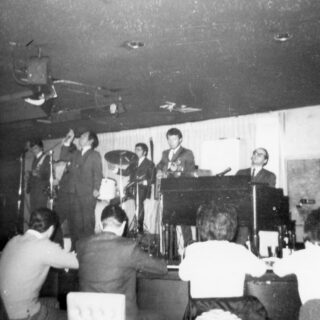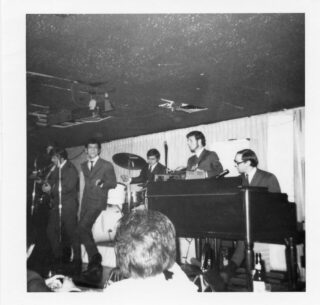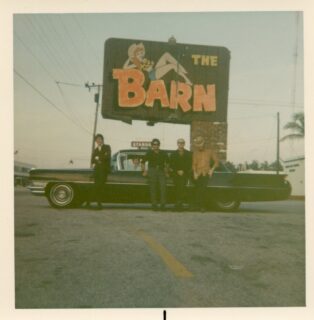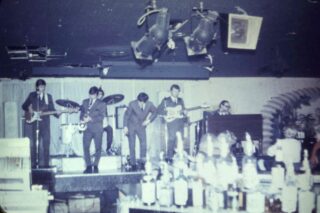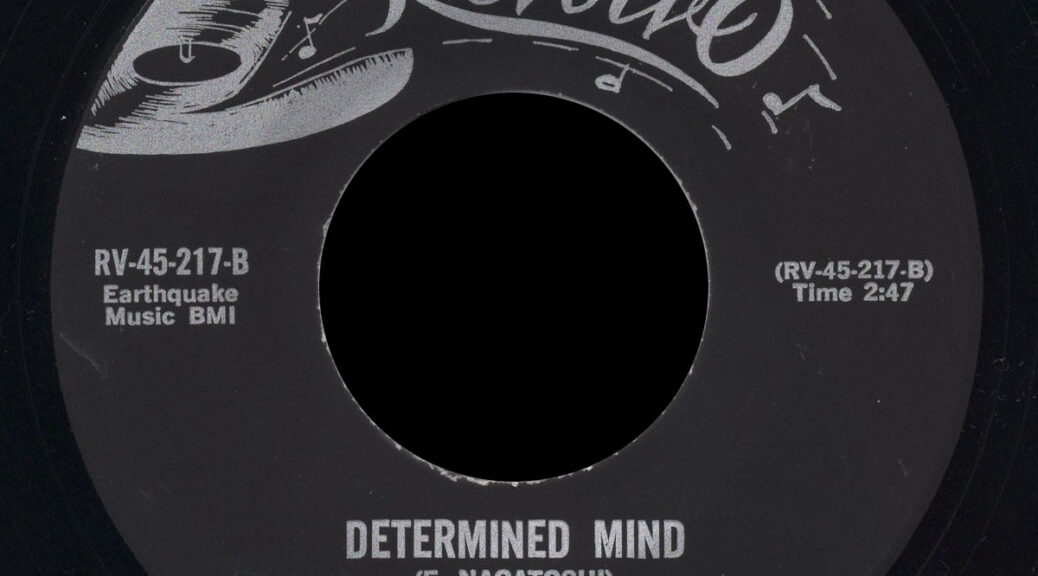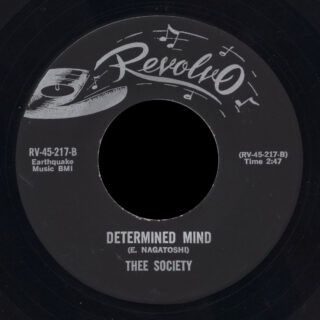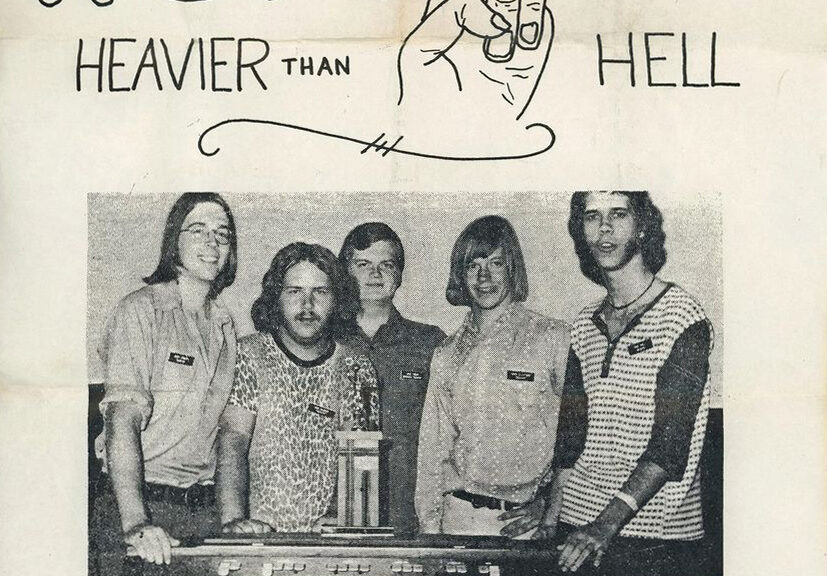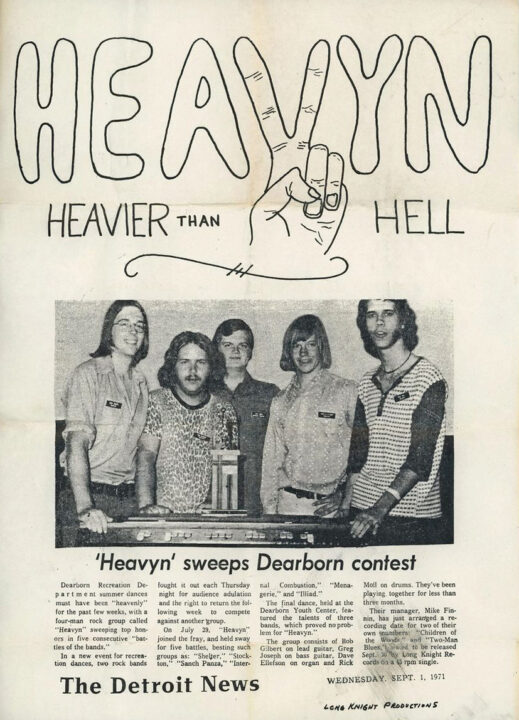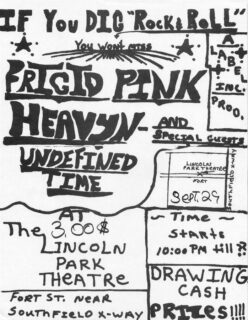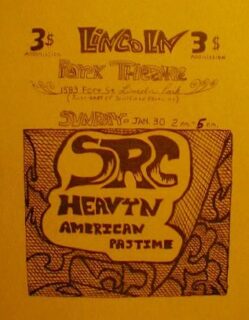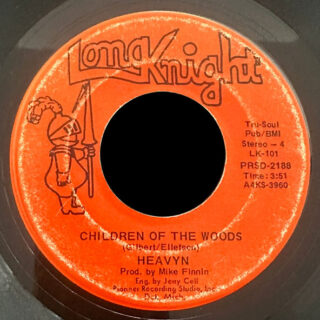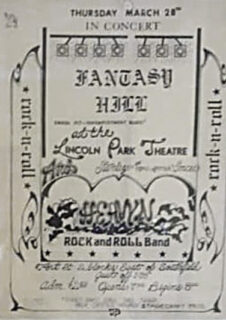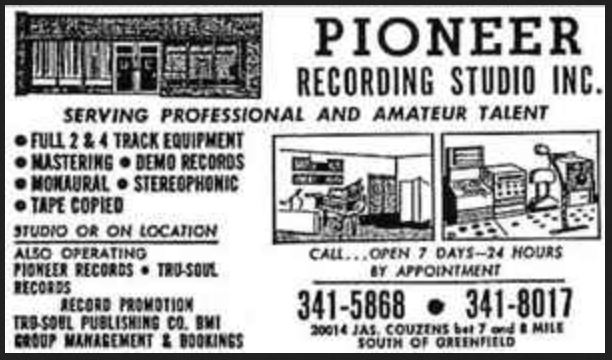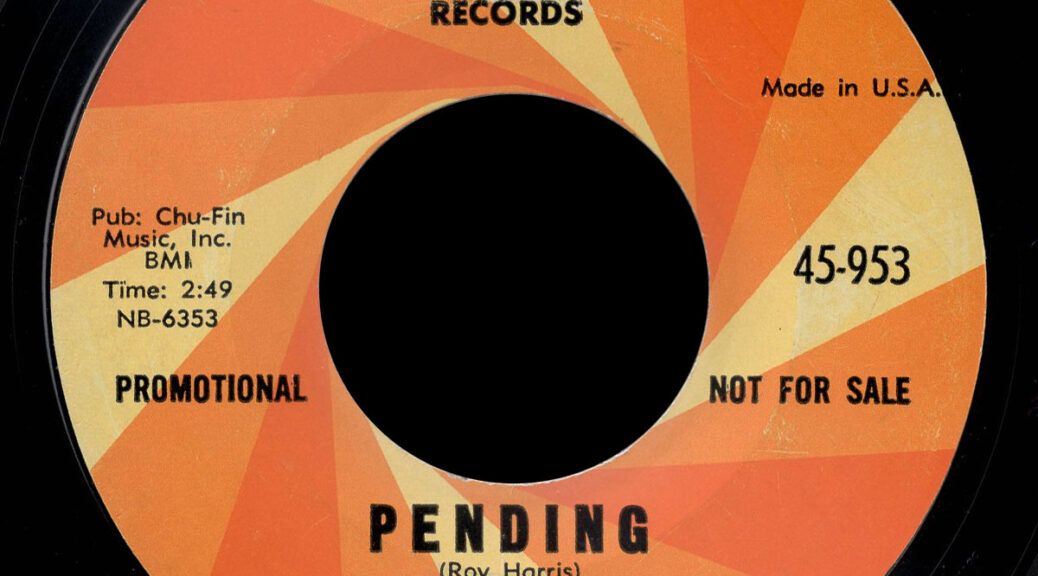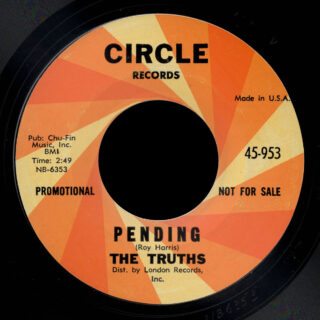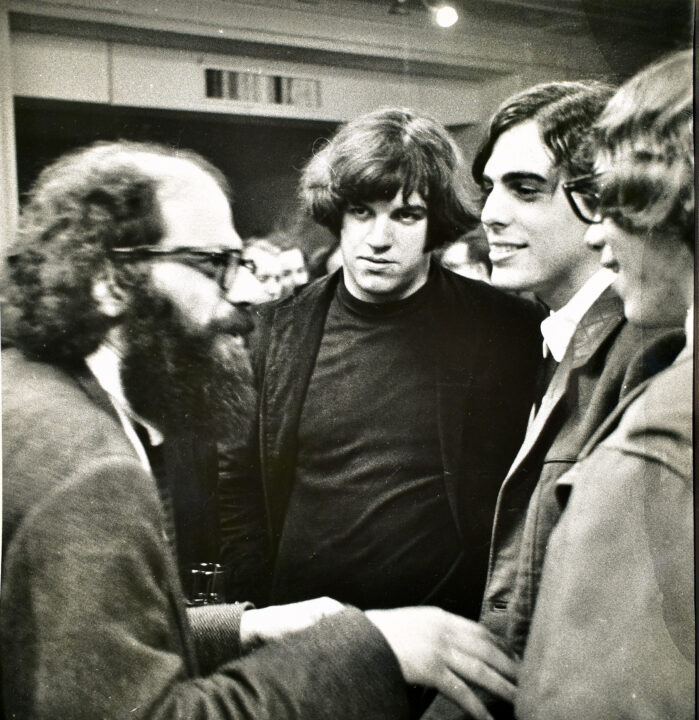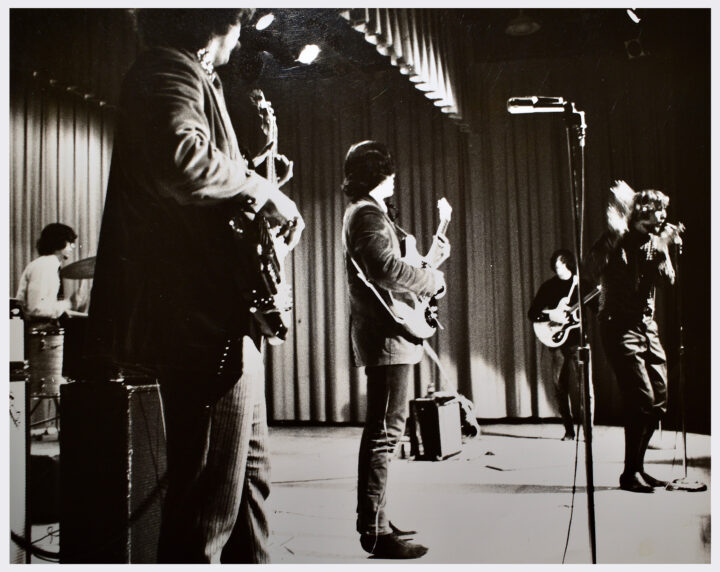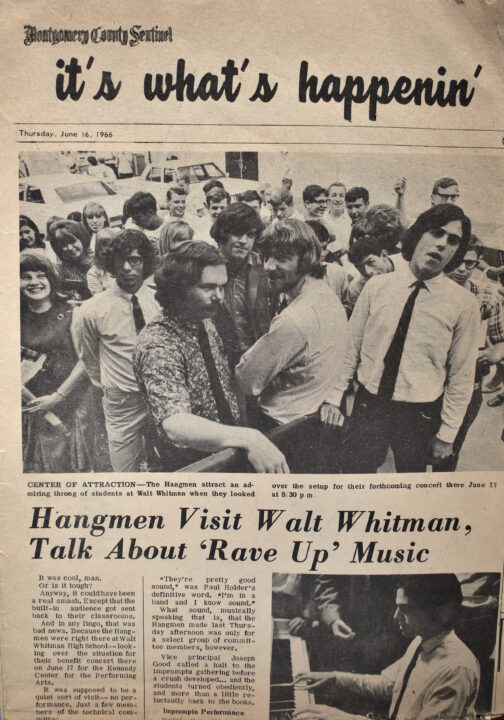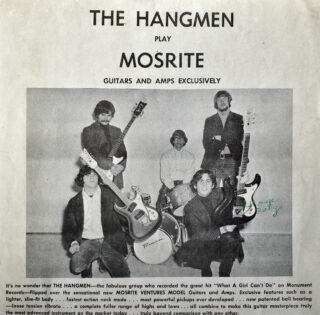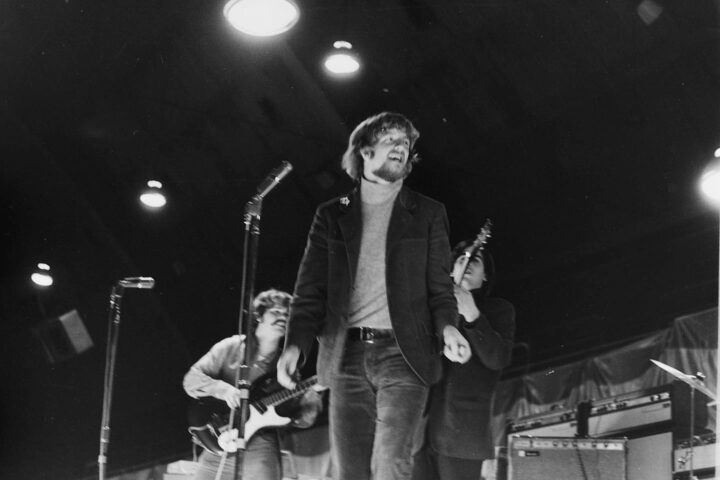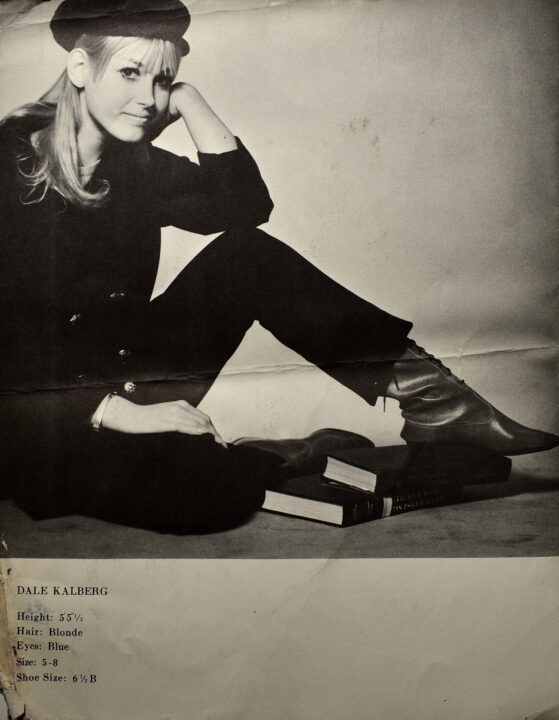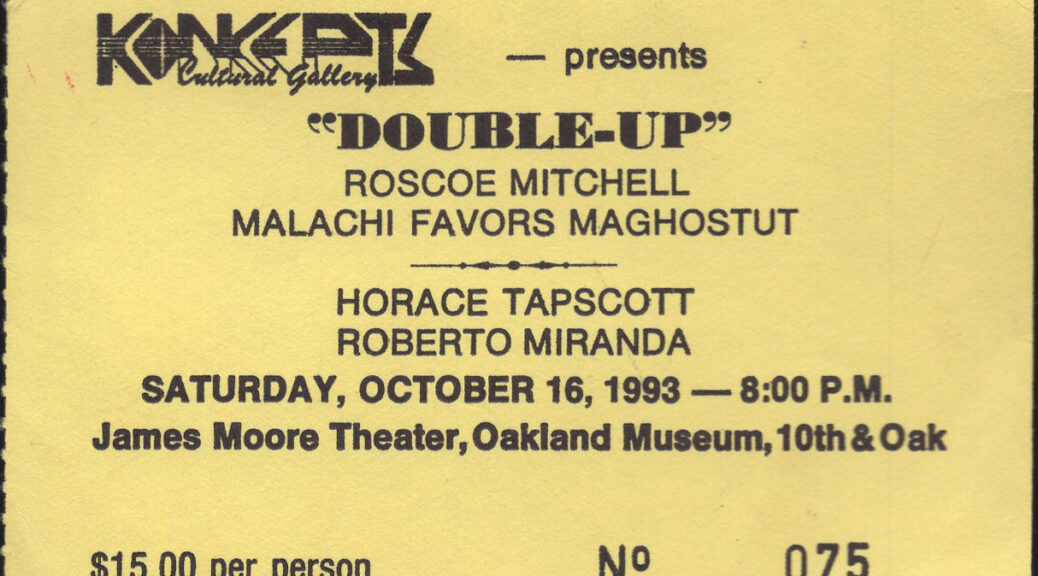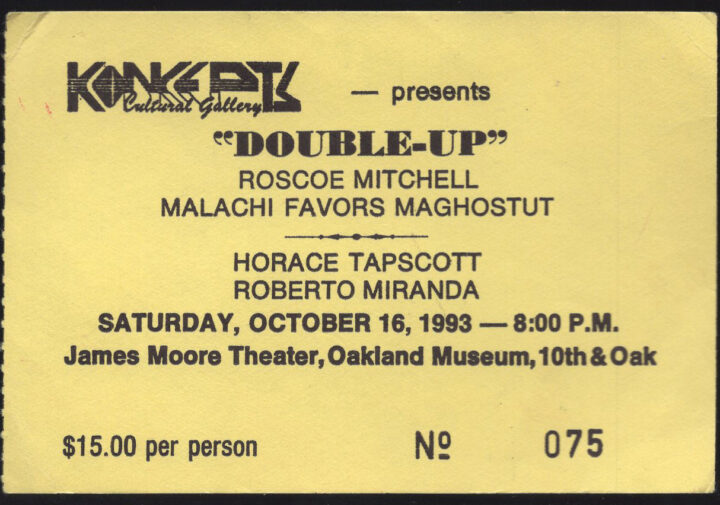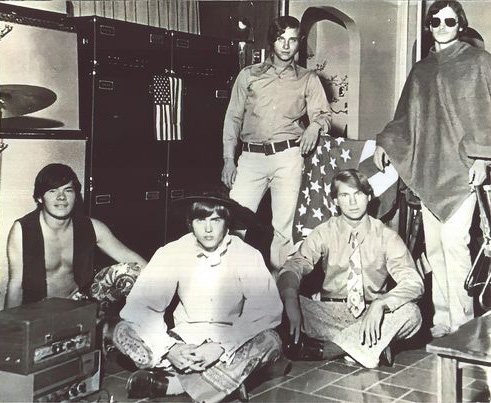
The West End is remembered as the teenage-start of lead guitarist Johnny Heaton, later of Tantrum, which opened Bob Seger’s 1974 U.S. tour in support of his album, Seven. After the West End, and prior to Tantrum, Johnny Heaton fronted White Heat, which featured Dale Kath of the Ascots.
The West End, which won the 1969 Farmington Hill Founders Festival band competition, also featured Mike Johns on lead vocals, Terry Worden on rhythm guitar, Mike Durette on bass, and Frank Mielke on drums. According to Frank Mielke, the members of the West End were all around 16 or 17 years old. The Farmington Hills event took place during their summer break between their junior and senior years in high school.
“I was playing in Old Friends,” says Johnny Heaton, “an all-acoustic group with Dave Anderson, Ken Crawford, and Mike Marsac. Mike left to play with his brothers Rick and Joe Stockwell in Coloradus [an outgrowth of the Coronadoes] while I went through a short list of local bands, including the West End. I also worked with Dave Anderson and Ken Crawford in various incarnations of White Heat [one which featured drummer Ron Course of Coloradus]. I eventually moved onto Tantrum. Dave Edwards from Tantrum had later success on MTV with his band, the Look.” [Signed to the Canadian division of A&M Records, the Look was the first Detroit band to air on the channel in 1981/82 with the singles “We’re Gonna Rock” and “You Can’t Sit Down.”]
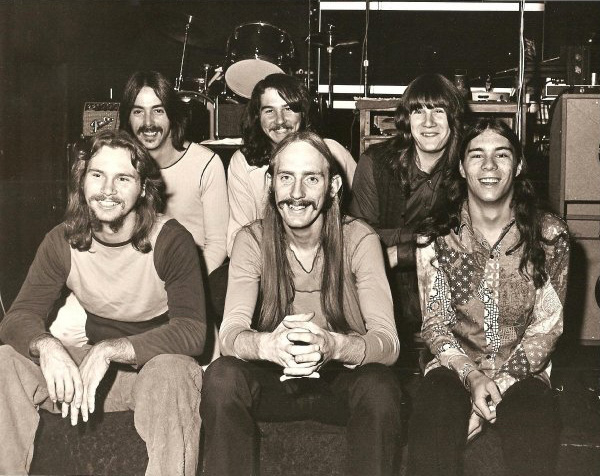
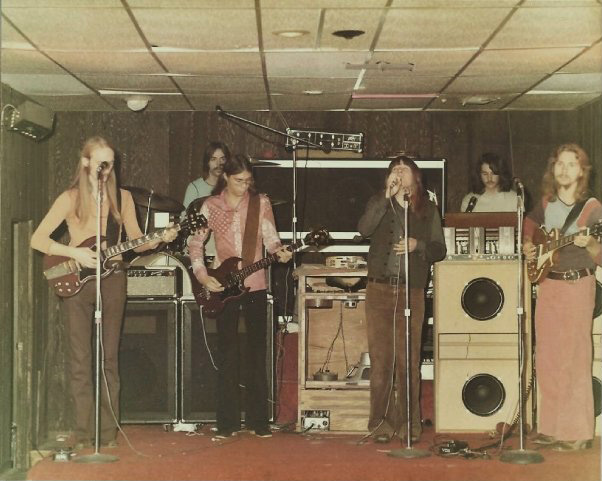
“By 1970,” continues Frank Mielke, “the West End broke up when our bass player and lead singer who, at the time, was Jeff Deeks [replaced Mike Johns], left. He was recruited to join Harpo Jets and they opened for [Suzi Quatro and] the Pleasure Seekers at the Birmingham Palladium, which trumped the West End’s accomplishments, thus far.
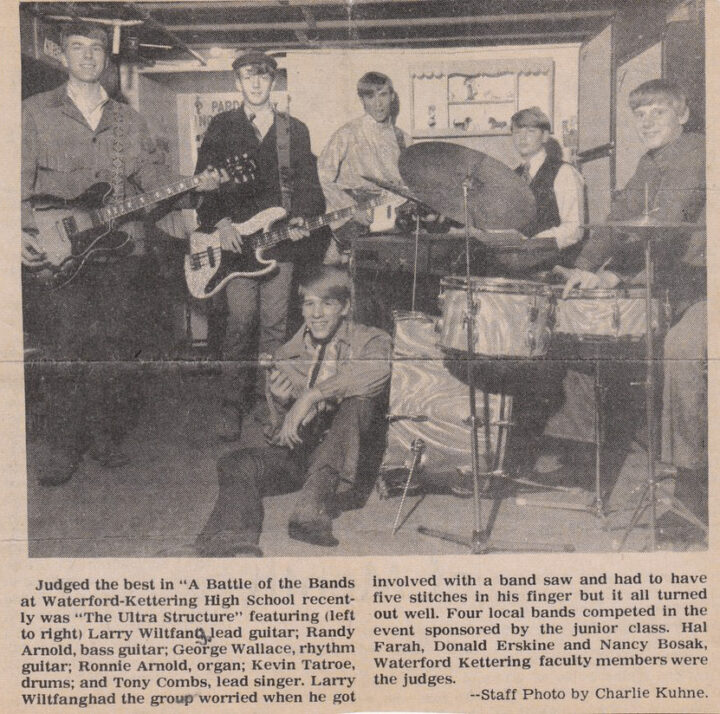
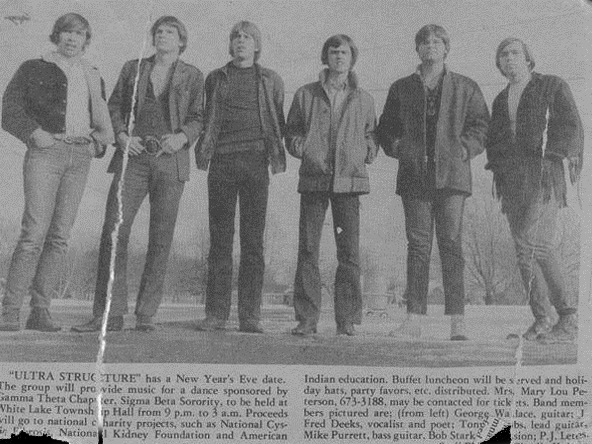
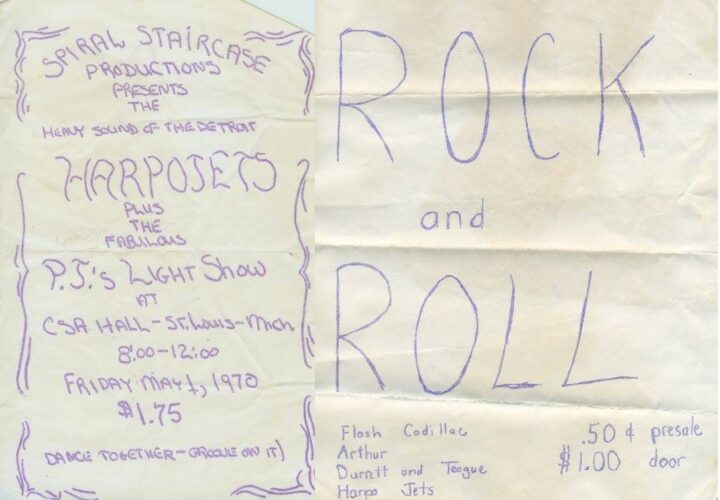

“At the time, Harpo Jets, which also come to include Mike Durette from the West End, was known under a different name when they did the Palladium gig; I can’t recall the name [The Ultra Structure]. They changed their name to Harpo Jets because of Jeff Deeks’s similar looks and actions to Harpo Marx. I’d also have to note that guitarist Tony Combs [part of the management staff at Pontiac Music], who was the leader of Harpo Jets: he was the lead guitar player in my first band, the Patriots. We were twelve or thirteen years old and in junior high school at the time, of course, that’s before the West End. Our first professional gig outside of Mason Junior High in Waterford was playing my Aunt Kay and Uncle John’s wedding. Tony’s younger brother, Andy, was a drummer in another popular Detroit band, Orange Lake Drive. Later on, Tony founded Feather Canyon.”
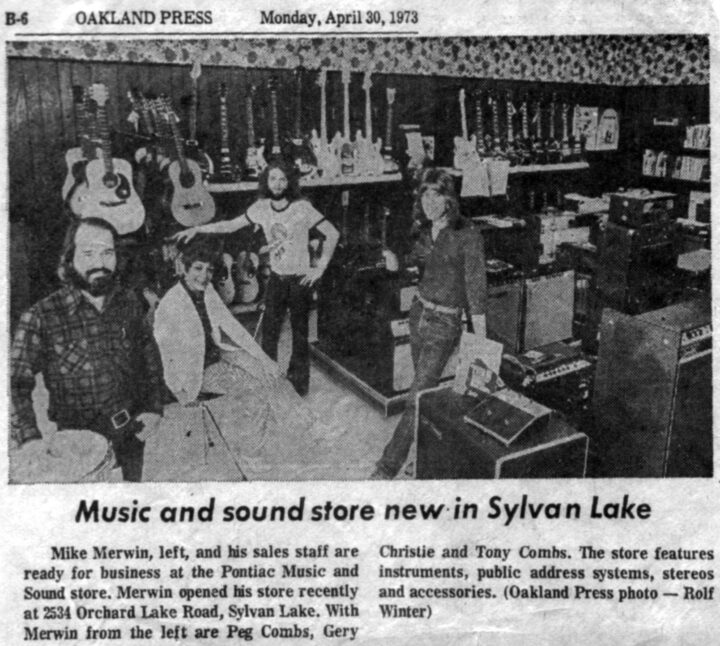
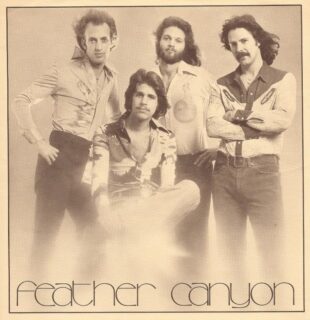
“By 1969,” recalls band roadie Mayo Heger, “Randy Arnold had left the band and Mike Durette [from the West End] joined on bass. By late 1970, George Wallace and Jeff Deeks were gone; Mike Durrette switched to guitar, and Gerry Christie joined in on bass. At that point the band became the Harpo Jets, then Isengard, then Pitch Blende, and ultimately [country-rock] Feather Canyon.” [Feather Canyon also featured guitarist Bryan Barnes, formerly of Tea/1776 with Jerry Zubal of the Kwintels.]
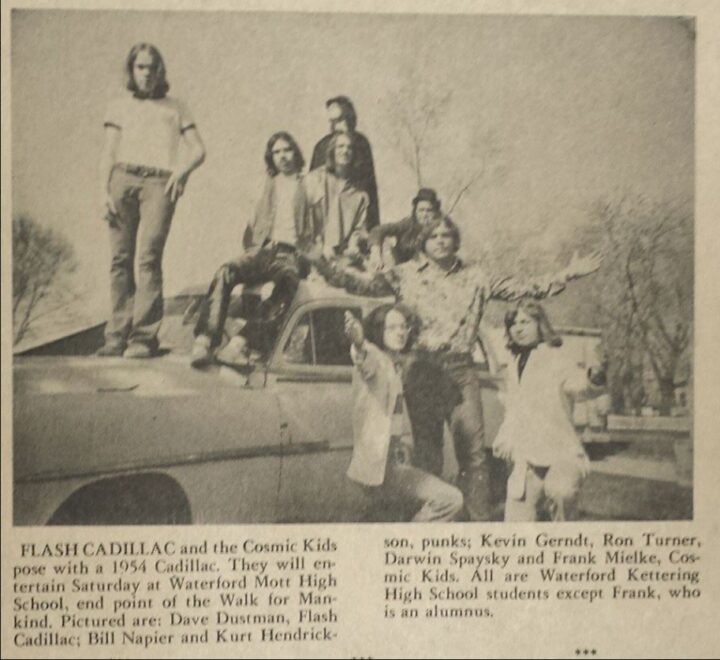
“Later, I was asked to play drums for a newly-forming Waterford area, seven-member band known as Flash Cadillac [not to be confused with oldies retro-rockers Flash Cadillac and the Continental Kids from Boulder, Colorado],” continues Frank Mielke. “I was the last member to join for what I believed would be a one-time performance at a Battle of the Bands — and an opportunity to do battle with Harpo Jets. Flash Cadillac was an overwhelming hit with the audience and we walked away with a victory over the favored-to-win Harpo Jets!
“The Flash Cadillac project kept me busy and in gas money for the next year and a half playing all the available teen venues — including headlining Waterford’s first ‘Walk for Mankind’ rally [which was held annually from 1969 to 1971]. The out-of-state Flash Cadillac and the Continental Kids hadn’t yet been nationally recognized; however, after it became clear that we might be doing this for a while, we, Flash Cadillac, changed our name to David and the Diamonds.”
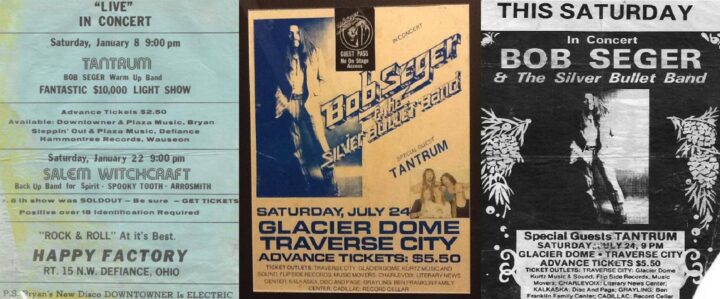
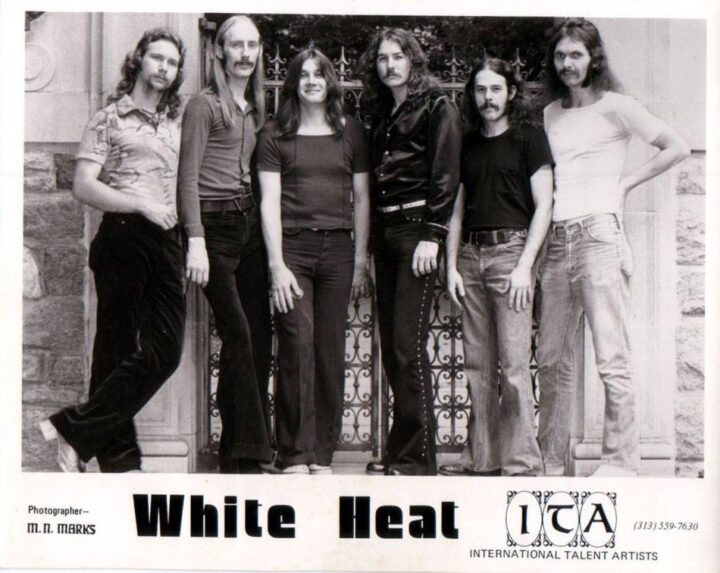

You can enjoy a playlist of the music of Johnny Heaton with White Heat, Tantrum, and Powerplay on You Tube:
In the uploaded playlist:
White Heat — “Sympathy for the Devil” — 1972
Tantrum — “Way Back to the Bone” — 1974
Tantrum — “I Need to Know” — 1975
Tantrum — “Green Manalishi (with the Two-Pronged Crown)” — 1975
Powerplay — “Dragon Attack — 1981
Through the ’90s and 2000s, Jerry Zubal, formerly of the Kwintels, and Johnny Heaton, formed the bands Roxius, Catching Fire, Seize, and Rock Anthem. You can enjoy an 18-song playlist of those bands on You Tube.
All recordings/uploads courtesy of Jerry Zubal and Johnny Heaton.
Article/interview by R.D Francis.
All photos/images courtesy of Johnny Heaton, unless otherwise noted.

